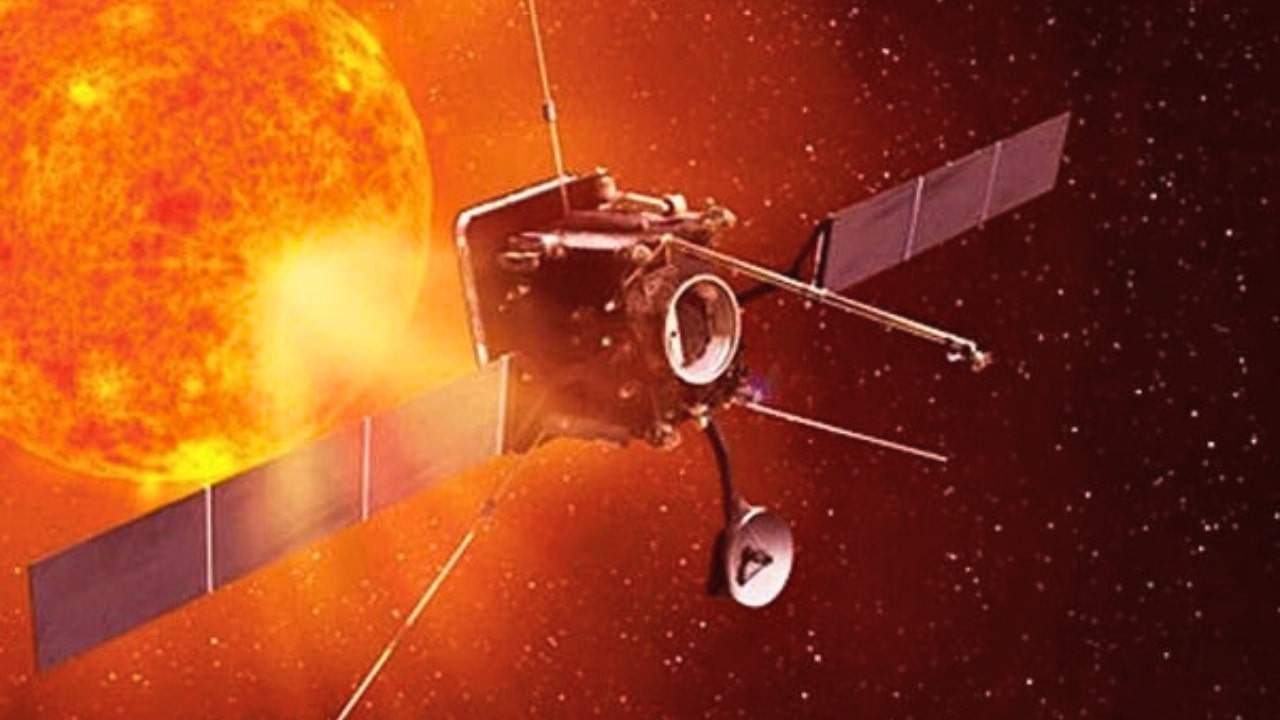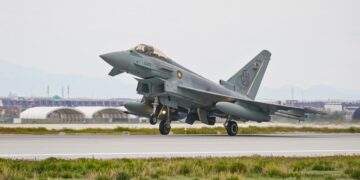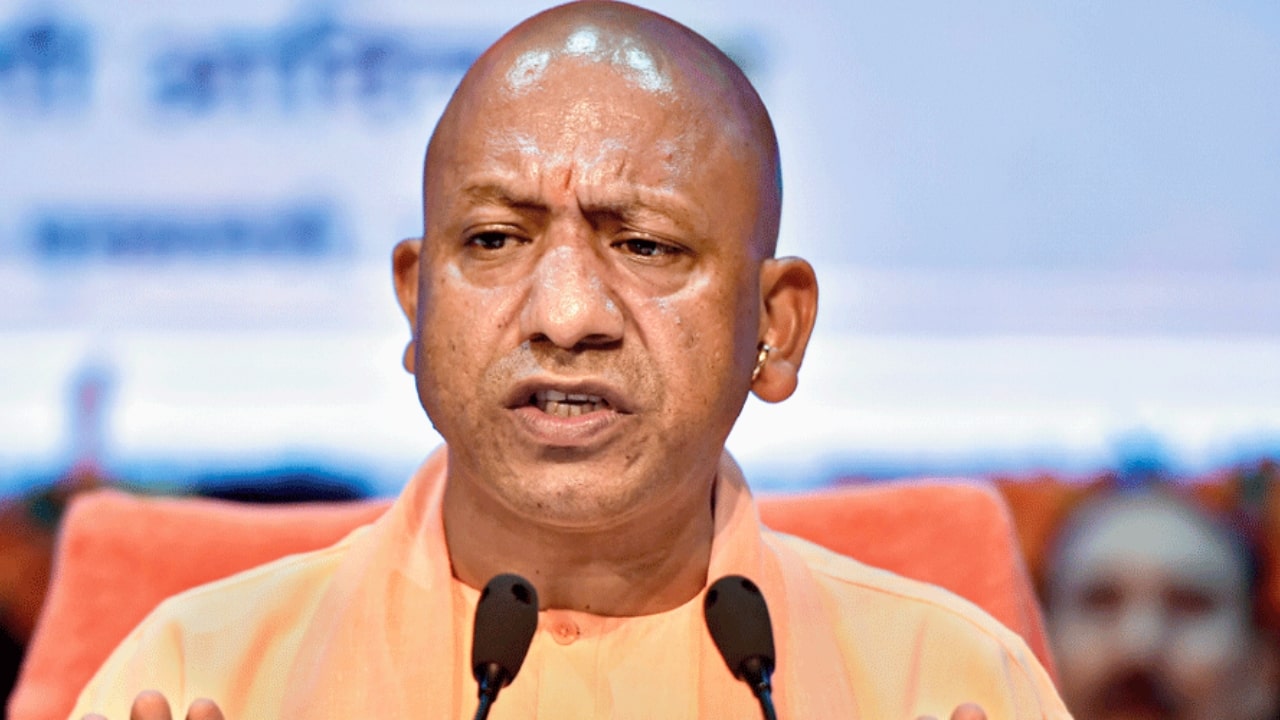India’s Surya Mission Aditya L1 has left the Earth’s orbit and headed towards the L-1 point. Meanwhile, NASA has released a video warning Aditya L-1 about the great danger. NASA says that last year, their Sun mission ‘Parker Solar Probe’ collided with the Sun’s CME, i.e. Coronal Mass Ejection. However, it was somehow saved. In such a situation, the question is whether Aditya L1 may also face such CME. And if this happens, will he be able to save himself?
NASA has said there has been a change and increase in solar activities for some time. Apart from Earth, other planets are also being affected by it. NASA said in a blog that on September 5, 2022, Parker Solar Probe collided with a powerful CME.
Let us tell you that CMEs are dust particles of comets and asteroids that collide with the Sun’s energy and become dangerous. NASA claims that no previous spacecraft has survived these CMEs. These are clouds of plasma and magnetic fields emanating from the Sun. It can go towards any planet.
These solar storms are pretty dangerous. These can cause the vehicle’s navigation system to fail and divert it. Aditya L-1 may also have to collide with these solar storms. However, there is a lot of difference between NASA’s Parker and India’s Aditya L-1. On one hand, Parker Solar Probe will go very close to the Sun. At the same time, Aditya L-1 will study at a distance of 15 lakh kilometres from the Earth, i.e. far away from the Sun.
Another first! Our Parker Solar Probe flew through an eruption from the Sun, and saw it “vacuuming up” space dust left over from the formation of the solar system. It’s giving @NASASun scientists a better look at space weather and its potential effects on Earth.… pic.twitter.com/AcwLXOlI6m
— NASA (@NASA) September 18, 2023
Aditya L-1 was launched from Sriharikota on September 2. It will travel 126 days and reach the L1 point where Earth’s and the Sun’s gravity gets balanced. ISRO has not given any fixed date to reach this point. It has seven payloads, out of which STEPS has been made operational. This vehicle will study the Sun while revolving in the hello orbit of the L1 point.











